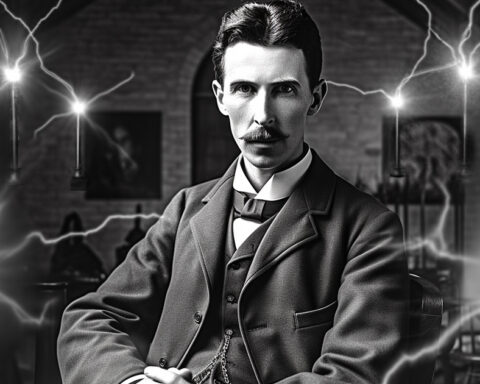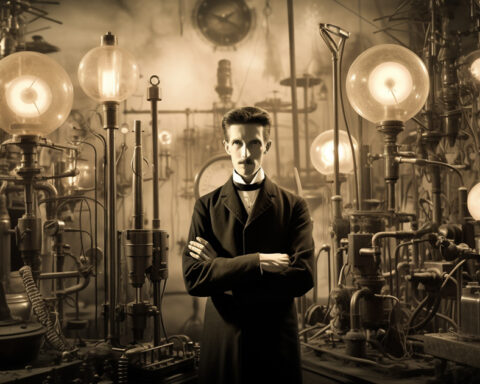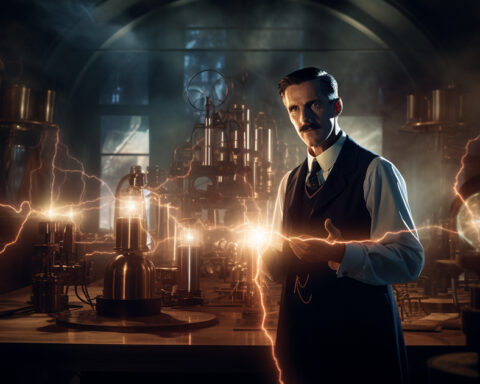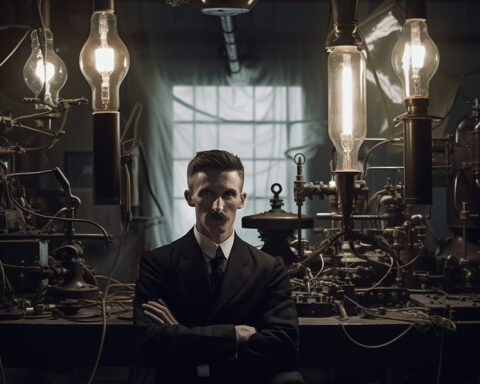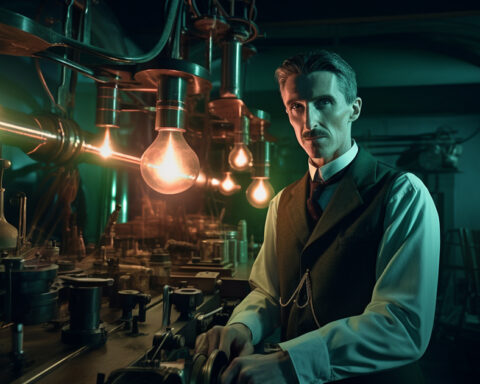Nikola Tesla is one name that always comes to mind when discussing innovation, creativity, and genius. This amazing man was a Serbian-American inventor, electrical engineer, mechanical engineer, and futurist most recognized for his contributions to the development of the contemporary alternating current (AC) electricity delivery system.
Tesla, however, made contributions to science and technology that went beyond electricity. He was a prolific inventor who was responsible for constructing a wide range of gadgets, including X-ray machines, wireless communication systems, and the Tesla coil, which is still used today for anything from illuminating neon signs to producing breathtaking visual displays at concerts and other events.
Tesla’s name is not as well-known as it ought to be, despite his amazing accomplishments. In spite of the fact that his discoveries and creations have had a significant impact on the world as we know it, many people have never ever heard of him. In this post, we will examine Nikola Tesla’s hidden genius and throw some light on the amazing legacy he left behind.
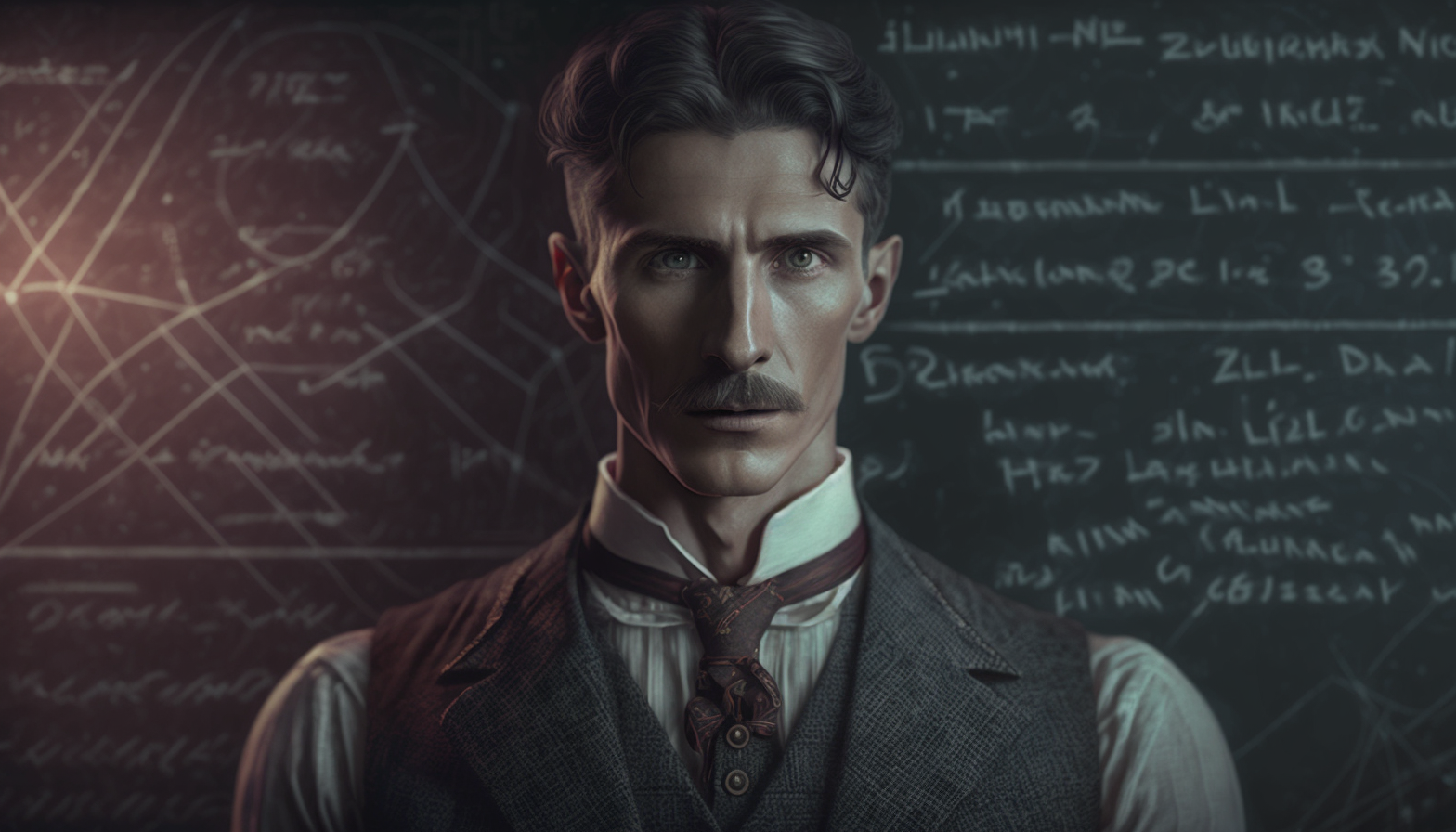
Nikola Tesla’s Childhood
On July 10, 1856, Nikola Tesla was born in Smiljan, Croatia, which at the time was a part of the Austro-Hungarian Empire. His mother, Djuka Mandic, was an inventor in her own right who developed a series of domestic equipment that was intended to make life easier for women. His father, Milutin Tesla, was a Serbian Orthodox priest.
Tesla was enthralled by science and technology from a young age. He was a voracious reader who consumed books on a variety of topics, and he was always experimenting with new concepts and creations. Tesla had an evident aptitude, but he struggled with the strict educational structure of the day and left college after only one semester.
Tesla remained committed to his love of science and technology despite this setback. He immigrated to the United States in 1881 and started working for Thomas Edison, a businessman, and inventor. Edison was a talented innovator in his own right, but he and Tesla approached the design of electrical systems in completely different ways. Tesla thought alternating current (AC) was the superior technology, while Edison preferred direct current (DC) energy.
The Conflict of Currents
The “Battle of the Currents” refers to the dispute between Edison and Tesla about the optimum electrical system design. Edison started a campaign to demonize AC power and promote his own DC systems, which he insisted were safer and more dependable. Tesla, however, remained adamant that AC was the superior technology, and he set out to demonstrate this.
Tesla submitted a patent application in 1887 for the first functional AC motor design. This innovation made it possible to generate and distribute AC electricity effectively, and it swiftly turned into the technology of choice for power systems all over the world.
Tesla continues to work on a variety of other ideas and innovations in addition to his work on AC electricity. He invented the first remote control, which he demonstrated in Madison Square Garden in 1898 by using it to operate a model boat. He also created the Tesla coil, which is still employed today for a variety of purposes, including lighting neon signs and producing breathtaking visual displays at concerts and other events.
Nikola Tesla’s Legacy
Despite his incredible achievements, Nikola Tesla’s name is not as well-known as it should be. This is due in part to the fact that he was a very private individual who did not seek fame or fortune for his own sake. He was primarily interested in the pursuit of knowledge and the development of new technologies that could improve the lives of people around the world.
Tesla’s contributions to science and technology, as well as his forward-thinking approach to innovation and creation, are now being recognized more and more. One of the most significant technological advances of the contemporary age, in particular, was his work on AC power.
The term “ecosystem” refers to a group of people who work in the construction industry. Generations of scientists and inventors have been motivated by his legacy to push the envelope of what is conceivable and to come up with fresh approaches to the world’s most important issues.
Thanks in part to popular culture, there has been a resurgence of interest in Tesla’s life and accomplishments in recent years. His name has come to be associated with innovation, originality, and genius. Films, television programs, and novels have all attempted to capture the brilliance and imagination of this exceptional guy.
For everyone interested in the power of human imagination and the potential of technology to improve the world, discovering the untold genius of Nikola Tesla is a crucial undertaking. Tesla’s life and achievements serve as a reminder that anything is possible if we are prepared to dream large, take chances, and push the limits of what we already know to be true.
In conclusion, Nikola Tesla was a genuine genius whose contributions to science and technology have had a significant influence on the society we live in today. His contributions to several inventions and innovations continue to exist today, and his life and work continue to inspire innumerable scientists, inventors, and innovators. We owe it to ourselves and to the next generation to keep discovering this great man’s hidden talent and to take inspiration from him as we work to build a more beneficial, inventive, and interconnected world.


